Moderator: 3ne2nr Mods
ek4ever wrote:Here's an interesting read on GDI and DI in general
http://www.eurosport.org.nz/forum/viewt ... f=5&t=7724
It appears that Mitsu is moving away from DI since it did not deliver on the fuel economy gains as promised. Honda also realised that DI offered no significant advantage and produced only the K20B which was DI with an ultra-lean burn of 65:1. Honda realised that they got better results with their VTEC-E which was also less complex and proven.
I think Mitsu is also foregoing DI in favour of using MIVEC to attain better fuel economy. In fact I believe they have stopped production of DI engines.
If you get a chance, examine the intake manifold of a GDI engine and see if you notice the soot buildup.
xtech wrote:GDI was very good tech......still is but more expensive 100 octain fuel an having to recirculate exhaust gasses to lower its NOX levels was its down-fall.........
Hyundai has brought the rights to this Tech and improved it with 21st century upgrades lets see how it runs
ek4ever wrote:xtech wrote:GDI was very good tech......still is but more expensive 100 octain fuel an having to recirculate exhaust gasses to lower its NOX levels was its down-fall.........
Hyundai has brought the rights to this Tech and improved it with 21st century upgrades lets see how it runs
Not saying it isn't good technology, but it had specific requirements for it to be successful, low sulphur fuel and less dependency on EGR to meet emissions requirements. In fact had Mitsu used downstream NOX treatment and less EGR the outcome might have been better. As it is the issue is allowing consumers to think that this is just like non-DI engines so just use appropriate octane fuel and yuh good. Sadly that wasn't the case.
I think if you do a comparison of any manufacturers DI and non-DI engines you'll see that they are getting more benefits with valve control rather than fuel injection trickery. Another -ve is that the lean burn in most applications I've seen is not practical. In everyday driving it is difficult to keep the vehicle in this mode as any slight load increase causes a change back to stoich. So while the engine is capable of lean burn and greater fuel economy, the % of your commute that will fall under this mode will be very little.
ZeroOne wrote:ek4ever wrote:xtech wrote:GDI was very good tech......still is but more expensive 100 octain fuel an having to recirculate exhaust gasses to lower its NOX levels was its down-fall.........
Hyundai has brought the rights to this Tech and improved it with 21st century upgrades lets see how it runs
Not saying it isn't good technology, but it had specific requirements for it to be successful, low sulphur fuel and less dependency on EGR to meet emissions requirements. In fact had Mitsu used downstream NOX treatment and less EGR the outcome might have been better. As it is the issue is allowing consumers to think that this is just like non-DI engines so just use appropriate octane fuel and yuh good. Sadly that wasn't the case.
I think if you do a comparison of any manufacturers DI and non-DI engines you'll see that they are getting more benefits with valve control rather than fuel injection trickery. Another -ve is that the lean burn in most applications I've seen is not practical. In everyday driving it is difficult to keep the vehicle in this mode as any slight load increase causes a change back to stoich. So while the engine is capable of lean burn and greater fuel economy, the % of your commute that will fall under this mode will be very little.
lean burn works well in short runs and in traffic.
lean burn goes out the window after 110km
ek4ever wrote:ZeroOne wrote:ek4ever wrote:xtech wrote:GDI was very good tech......still is but more expensive 100 octain fuel an having to recirculate exhaust gasses to lower its NOX levels was its down-fall.........
Hyundai has brought the rights to this Tech and improved it with 21st century upgrades lets see how it runs
Not saying it isn't good technology, but it had specific requirements for it to be successful, low sulphur fuel and less dependency on EGR to meet emissions requirements. In fact had Mitsu used downstream NOX treatment and less EGR the outcome might have been better. As it is the issue is allowing consumers to think that this is just like non-DI engines so just use appropriate octane fuel and yuh good. Sadly that wasn't the case.
I think if you do a comparison of any manufacturers DI and non-DI engines you'll see that they are getting more benefits with valve control rather than fuel injection trickery. Another -ve is that the lean burn in most applications I've seen is not practical. In everyday driving it is difficult to keep the vehicle in this mode as any slight load increase causes a change back to stoich. So while the engine is capable of lean burn and greater fuel economy, the % of your commute that will fall under this mode will be very little.
lean burn works well in short runs and in traffic.
lean burn goes out the window after 110km
Not entirely accurate. Lean burn works well under constant speed and low load conditions or constant load conditions. I've driven my Stream on long stretches in lean-burn cycle on the hiway. This is only possible when traffic is light so I don't have to be slowing down and accelerating. It was actually developed to improve mileage on long runs. In traffic and below a certain speed even lean burn engines must run stoich. Traffic is much worse since the constant load changes cause the engine to switch out of lean burn.
More importantly to maximize the fuel economy capabilities of lean burn engines requires a change in your driving habits.
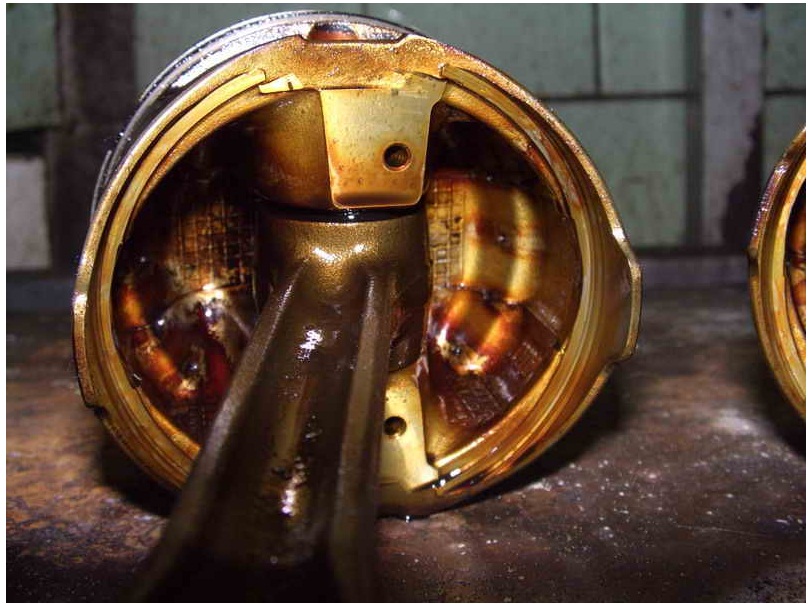

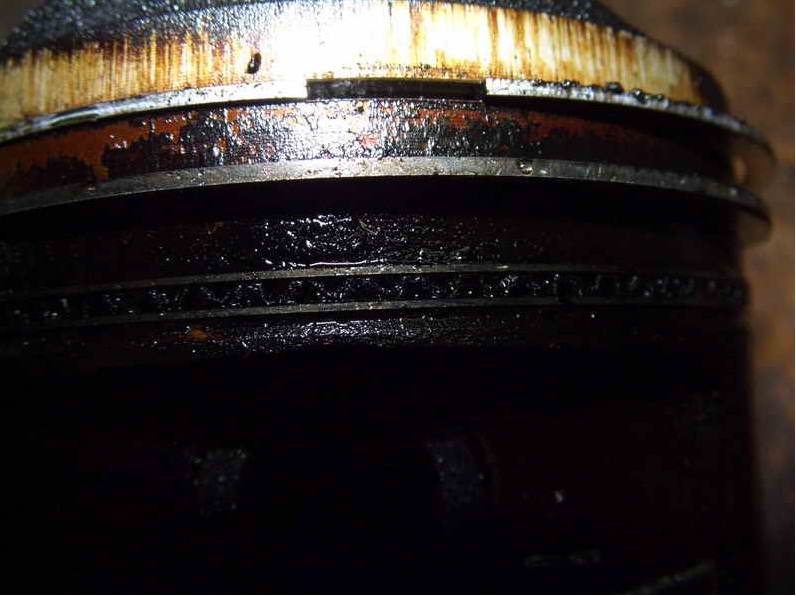
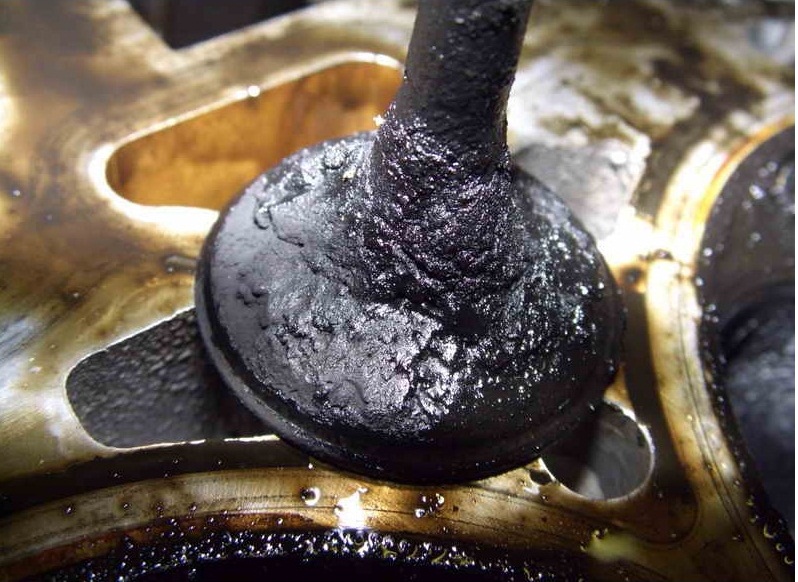
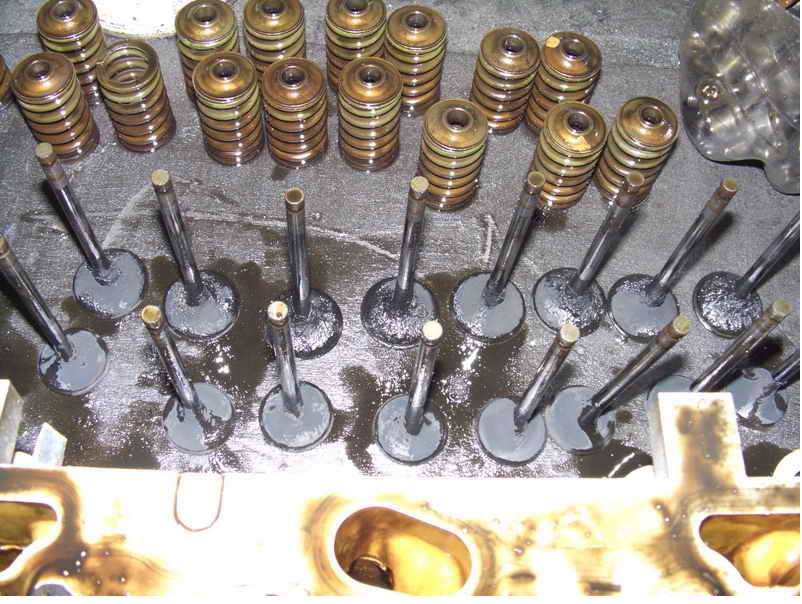
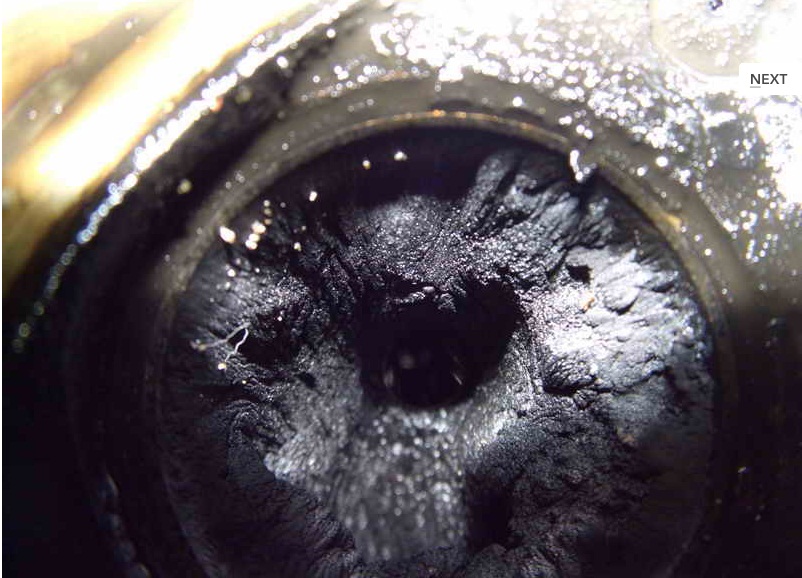
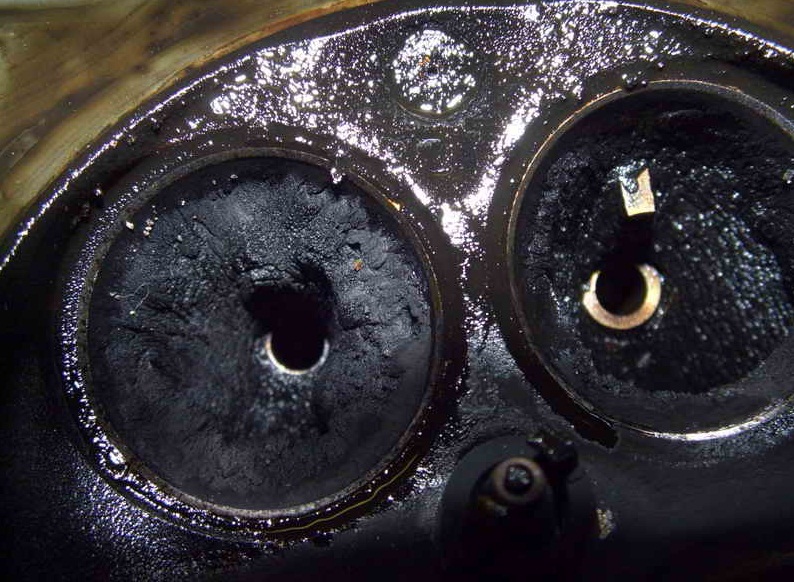
Users browsing this forum: No registered users and 2 guests